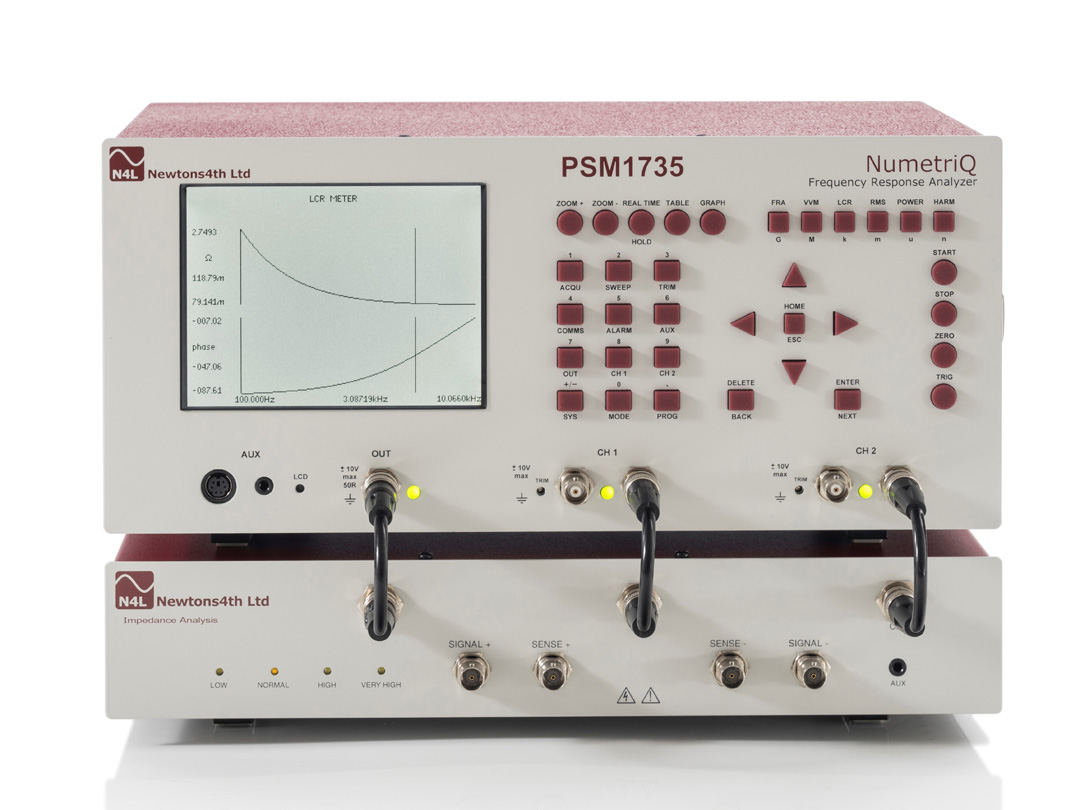Using an impedance analyzer is one of the best ways to identify and diagnose problems with your electronic systems. An impedance analyzer is a type of electronic test equipment that measures complex electrical impedance as a function of the test frequency.
Basic accuracy
Unlike most other types of electronic test equipment, impedance analyzers can probe from ultra low to ultra high frequency. This makes them useful for a wide variety of applications, including resonant frequency characterization and dielectric material testing. These analyzers are also highly accurate, allowing you to perform complex measurements with ease.
There are three main hardware implementations for impedance analyzers. Each of these is designed to perform different functions. These are the 6500B series, the E4991B series, and the E4990A series.
The 6500B series offers a wide frequency range and fast testing of devices at frequencies up to 120 MHz. It is also an ideal choice for resonant frequency characterization. The E4991B series is a quality assurance and R&D tool, offering impedance testing up to 1 GHz.
Measures magnitude and phase of an electrical one-port network impedance
Whether you’re looking for a high-end home theatre system or a budget priced home office router, a network analyzer can help you get the job done in a hurry. Using a network tester can be an enlightening experience. With a variety of network testers on hand, you’re sure to find one that suits your needs. In fact, you may be able to replace your existing home office router with one that is a better match for your needs. To ensure that you’re getting the best bang for your buck, check out our list of the top 5 home office routers available in the market. Getting a router that matches your needs is the first step towards a better home office.
In addition to the obvious, if you’re looking to improve your network speed, a network analyzer is one of the best solutions for the job. The one-port network, or the one-port network as it is formally known, has the capacity to measure the input impedance of your home theater system one port at a time. This is the simplest way to measure the input impedance of your theater system in a timely fashion.
Measures scattering parameters between ports in a multi-port network
Using a two-port Vector Network Analyzer, an S-parameter matrix can be measured between ports in a multi-port network. The matrix represents a mixture of reflection and transmission parameters. It provides an insight into how a device under test behaves when a signal is transmitted forward and reverse. It can also be used to isolate characteristics of ports.
The basic circuit components of an electrical network are ports. Ports are pairs of terminals, and they are used to enter, exit, and interact with other circuits. Ports are usually coaxial or waveguide connections. When an electrical signal is applied to a port, the output will travel through the port and be reflected back to the input port. The port also receives waves from the input port, and these waves are measured.
Measures body impedance and contact resistance
BIA (Bio-Electrical Impedance Analysis) is a method of analyzing the composition of the human body. It uses small alternating currents to measure impedance in different parts of the body. It can be applied to the entire body or only to selected body parts. It can be done with different types of instruments, such as a wrist-wearable bioelectrical impedance analyzer.
InBody body composition analyzer is a medical device that provides accurate body composition analysis to professionals. It is a device that can measure body impedance and contact resistance. It uses multiple technologies to get accurate results. InBody devices can measure the impedance of all five body parts: the head, the neck, the trunk, the torso, and the legs. It can also measure body fat, water, muscle mass, and bone mass.
Identify and diagnose problems in electronic systems
Identifying and diagnosing problems in electronic systems can be a daunting task. A multidisciplinary approach is best suited to the task. Some systems are a nightmare to maintain, but a well thought out plan can mitigate the ills of modern day manufacturing and repair. For example, a multilevel fault tree can help to identify and repair issues before they become catastrophic, preventing costly downtime and lost productivity. For larger systems, multiple fault trees can also reduce the costs associated with design and test failures. A comprehensive multidisciplinary analysis plan should be a part of any electronic systems design and maintenance plan. This is especially true if you are in the business of designing and building next generation semiconductor and silicon based electronics. Using an impedance analyser is the best way to achieve this feat, while providing you with the tools needed to improve your product’s performance and longevity.
